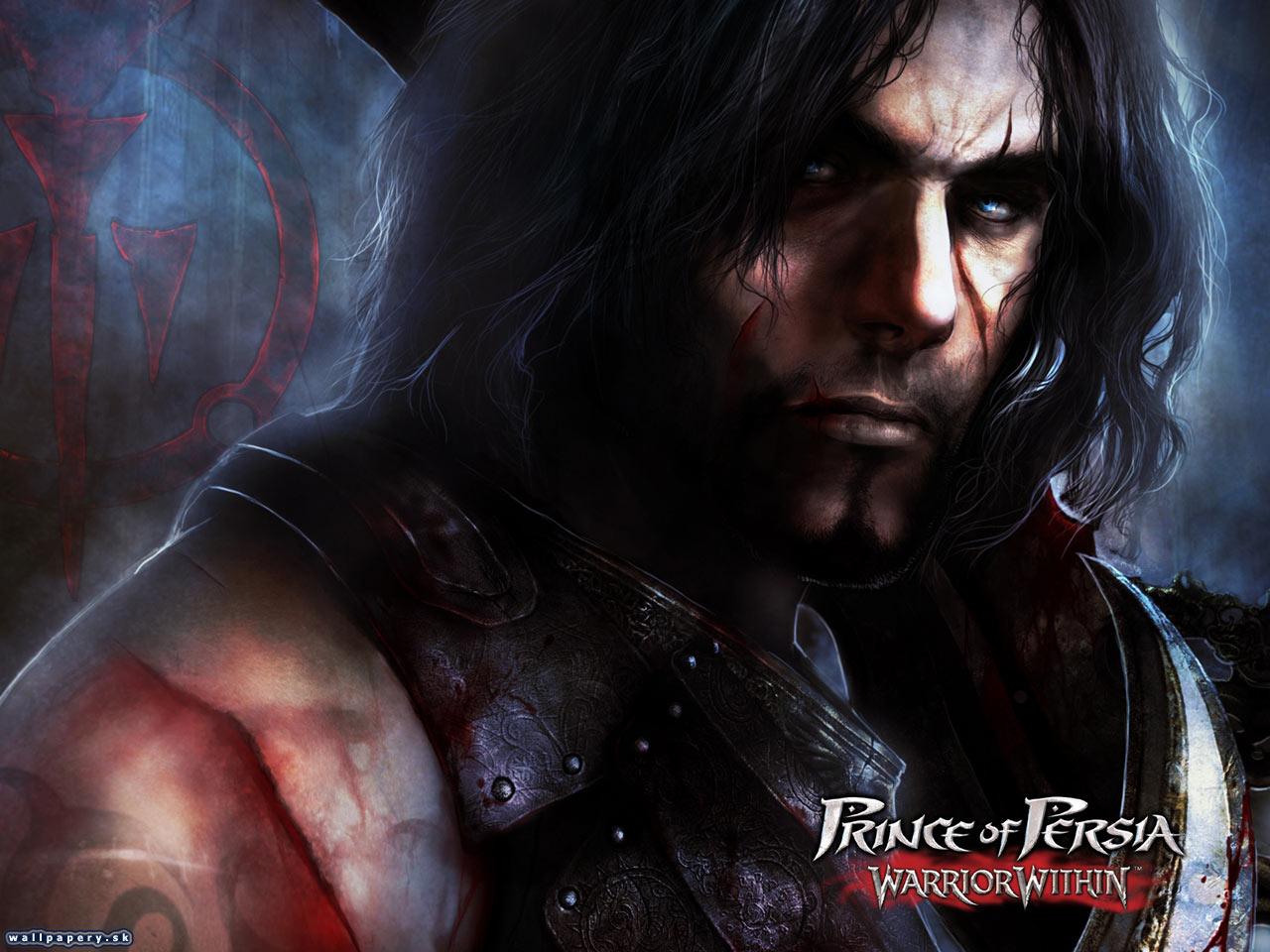Better hop to it.
Ever since the Atari 2600 debuted in 1977, it's been fairly customary for at least one game developer to bring something new to the table just in time for the launch of a new gaming system, or soon after. In 1995, developers Exact and Ultra gave us a little ditty called Jumping Flash-- a game with roots that can be traced back to Exact’s previous 3D platformer Geograph Seal on the Sharp X68000. I remember playing a demo of Jumping Flash back in 1996. After a few minutes of leaping and smashing enemies on impact, I knew I was in love.
Shifting the 32-bit generation into high gear.
I’ve said it once and I’ll say it again-- a new video game console is only as strong as its launch titles. Such was the case of the PlayStation when it was released stateside on September 9, 1995. As Sony’s first video game system to go toe-to-toe with Nintendo and Sega, the PlayStation came out swinging with Ridge Racer. Developed by Namco and ported from their arcade machine, the game was early proof that the PlayStation was capable of providing a convincing arcade-like experience at home in a way that simply couldn’t be done on the Super NES, Sega Genesis, or any other 16-bit console. Ridge Racer sent a clear message-- the 32-bit generation was going to be awesome and the PlayStation would lead the way.
The latest Backloggers tackles the angsty sequel to The Sands of Time.
Backloggers Anonymous is back with the most controversial of the Prince of Persia titles. Join us as JD explains why he loves this series and game in particular while perparing himself for future backlash, where we also discuss The Sands of Time, Ubisoft abandoning the series for Assassin's Creed, and the future of the cinematic platformer genre.







